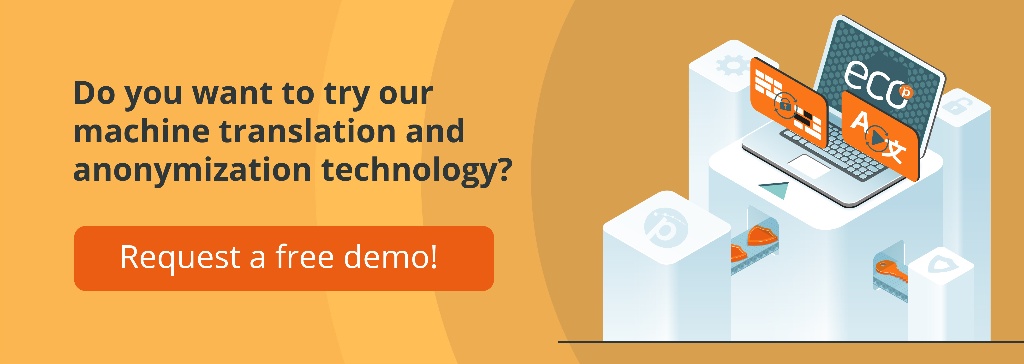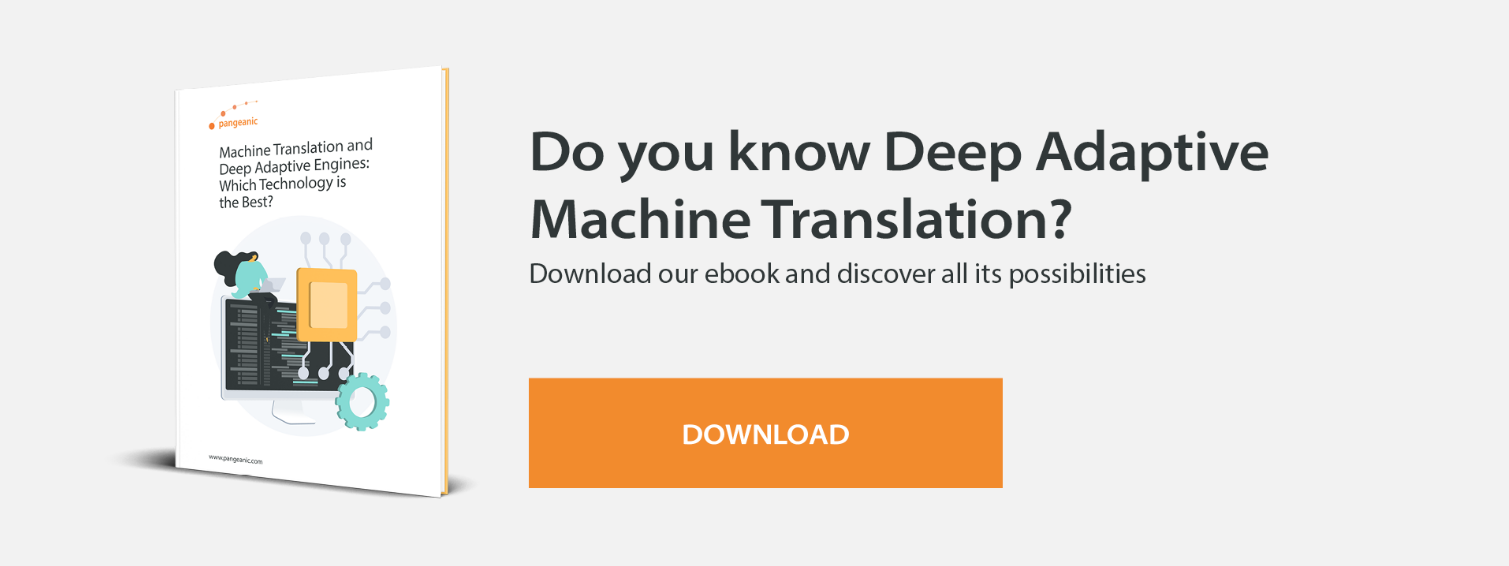-4.png)
In recent years, artificial intelligence has allowed the development of tools that automatically translate documents. These systems make it possible to break down language barriers and provide today's society with the opportunity to simplify tasks and process large amounts of text.
Using AI to translate documents offers great advantages to sectors such as banking, legal or business, especially in areas like e-commerce and social media analytics. We invite you to learn how AI-powered document translation works and what it can do for you and your business.
What is AI translation?
AI document translation uses machine learning systems to analyze language patterns in large volumes of text. Phrases and structures are interpreted in both the source and target languages.
More specifically, AI-powered translation uses machine learning systems based on neural networks that can accurately translate words and phrases from the source language to the target language.
More information:
The benefits of AI document translation
Using AI translation provides the following advantages:
-
Fast and powerful processing: AI-powered document translation can process millions of words in a very short amount of time.
-
An extensive selection of languages: AI translation can support more than 100 languages, translate in more than 250 combinations, and work simultaneously with multiple languages.
-
Support for human translators: texts in different formats can be translated automatically; the result is then sent to professional translators for post-editing, speeding up the workflow.
-
Profitability: Thanks to AI translation, productivity can increase. Basic translations of great value can be obtained in a short amount of time, reducing costs and delivery times.
How does AI-based translation work?
AI document translation uses the deep learning method, which is part of machine learning and is based on neural network systems. These systems are trained with large, high-quality bilingual parallel corpora assembled using previously translated and approved material.
Machine translation technology
There is a large variety of technological solutions across the market for optimizing document translation processes, whether in PDF format, spreadsheets, etc. For example:
-
Translation management systems: This software was developed to optimize, systematize, and manage translation projects, reducing the need for human intervention.
-
Computer-assisted translation tools (CAT): these programs help the translator carry out all kinds of tasks: translation, revision, post-editing, etc. They mainly:
-
Simplify and automate repetitive tasks.
-
Segment the text into smaller parts (usually sentences) to facilitate the linguistic task.
-
Facilitate the use of translation memories.
-
Make automatic suggestions thanks to the autocomplete function.
- Machine translation tools: Unlike CAT tools, these do not require human intervention to deliver a translation. However, the human translator may intervene if it is necessary to post-edit the translation to perfect it. Machine translation systems have evolved, and currently, the most popular systems are based on neural networks capable of training themselves, learning, and making predictions.
Improved translation accuracy
Due to the continuous advances in the development of AI-based MT, translation accuracy is increasing. The content translated using these systems now presents adequacy and fluidity that allows the message to be understood.
Using machine learning and language models
Machine translation technologies use machine learning capabilities to complement human tasks. For example, it is possible to automatically estimate machine translation quality to decide whether the text is acceptable or should be assigned to a professional translator.
The applications of AI document translation
AI document translation has a vast scope of application in companies, institutions, and organizations. It allows them to process documents in different languages and establish communication with partners, work teams, and clients at an international level. For example, it is used in:
-
Banks and other financial institutions
-
E-commerce
-
Companies in the tourism sector
-
Media and communication
-
Public administrations
-
Publishing
-
Law firms
-
Language service providers
More information about Pangeanic's legal and financial translation
Business document translation
Translating documents automatically is cost-effective. With a machine translation system, companies can process large amounts of data and information in all languages and obtain translations adapted to the terminology of their sector and the style of their brand.
AI translation allows companies to:
-
Improve customer service
-
Access new markets
-
Expand communication and collaboration with other companies or between work teams
Legal document translation
Law firms, offices, or legal institutions use AI document translation to translate technical and legal documents destined for other countries, such as contracts, minutes, wills, etc. It also allows them to analyze different types of specialized texts during international litigation.
Data for AI
To use AI translation to its full potential, it is essential to have quality data. In this case, parallel data (original data in one language and its translation into one or more target languages). The higher the quality of the data the system is trained on, the better the results.
At Pangeanic, we have an extensive repository of more than 10 billion data segments, which allows us to offer our clients the possibility of training the AI translation algorithm in a customized way.
AI document translation at Pangeanic
We combine human ingenuity and artificial intelligence to offer a high-quality multilingual document translation service. Our technology based on models formed by neural networks allows translation processes to be automated, speeding up tasks and reducing delivery times.
ISO-certified quality assurance
We comply with international quality standards for language services and constantly improve our products, processes, and solutions to guarantee our clients' satisfaction. To prove our dedication, we have the ISO 9001:2015 certification.
In addition, we have the ISO 17100, ISO 18587, and ISO 27001 certifications, which demonstrate the rigorous quality control that we apply to translation processes and machine translation post-editing services and our commitment to information security.
How does AI-based translation work in ECO?
At Pangeanic, we have developed ECO, a platform where you can use PangeaMT, our neural machine translation that allows you to process files in .docx, .pdf, .xlsx, and .pptx formats, among others, in a secure environment and with near-human quality.
ECO is a platform that can be implemented in companies' infrastructure or cloud. It can also be used with our private cloud infrastructure, where your organization will have its own secure space.

Contact us if you want to optimize the translation of your company's documents. Pangeanic has the solution you need.




